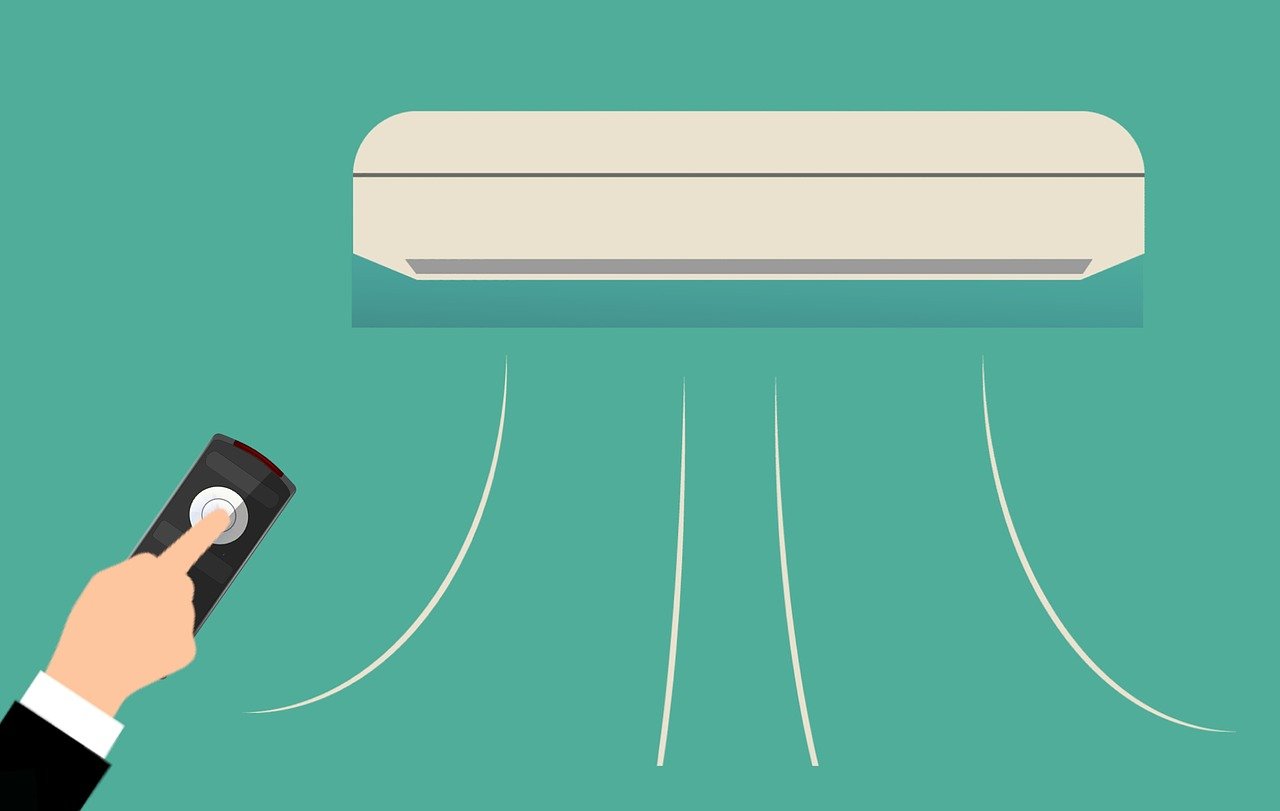Due to the COVID-19 pandemic, ventilation and indoor air quality have never been more important than they are today. According to the World Health Organization (WHO), well ventilated indoor public spaces and buildings help prevent the spread of the COVID virus. Clearly, air conditioning plays a central role in this crucial issue. Here’s what you need to know about air conditioning and COVID-19.
CanAirConditioningSpreadCovid-19?
While there is anecdotal evidence that air conditioning may be a factor in spreading Covid, the research is still unclear. Regardless, the EPA and WHO recommend that public buildings and indoor spaces refrain from recirculating indoor air through their HVAC systems. To the greatest extent possible, these spaces should exchange indoor and outdoor air to remove or dilute contaminants such as the Covid-19 virus.
The greatest risk of Covid-19 spread in indoor spaces still remains overcrowding in an area of reduced airflow while coming into close contact with an infected individual. Unfortunately, HVAC systems are designed to save energy by pulling in less fresh air as outside temperatures climb, thus reducing airflow in the hottest part of the season. In addition, air conditioning removes moisture from the air, creating the drier conditions preferred by the Covid virus. Both these factors have the potential to increase Covid transmission.
MakingIndoorAirSafer
In private homes, increasing indoor air quality can be as simple as opening windows to let the fresh air flow through. Understandably, this is more difficult in commercial buildings. Other mitigation strategies have their uses including special short-range UV units, sometimes referred to as upper-room germicidal systems. When mounted on the wall or ceiling, these units successfully eradicate harmful airborne pathogens including viruses. Another option is large-scale air filters, though these may be difficult to run effectively in large public spaces.
Note that ionizing cleaners do not work against Covid.
HVACSystemOperationandMaintenance
While ancillary mitigation measures are helpful, the main load of safe air quality rests squarely on HVAC systems. Home system filters should be changed regularly, and safety and maintenance checks should be performed at least twice yearly by a professional technician.
Operating and maintaining commercial systems during a pandemic is a more complex process. Professionals must preserve system humidity and temperature set points, and maintain the clean air supply required by the system’s design needs. As it becomes necessary, the system should be flushed with the equivalent of three air or clean air supply changes at a time when the space is unoccupied. Outside air intake must be checked to assure that contaminated air is not reentering the building. In addition, assessing airflow to eliminate strong currents can reduce the possibility of virus transmission.
Using a combination of air cleaners and filters, it’s important to achieve at least MERV 13 performance for recirculated air in the system.
AWordofCaution
HVAC professionals need to be aware of the health risks involved in reopening public buildings that have been closed for long periods of time due to Covid-19. During reopening, all CDC guidelines must be followed to prevent life threatening mold and/or Legionnaires’ disease exposure.

